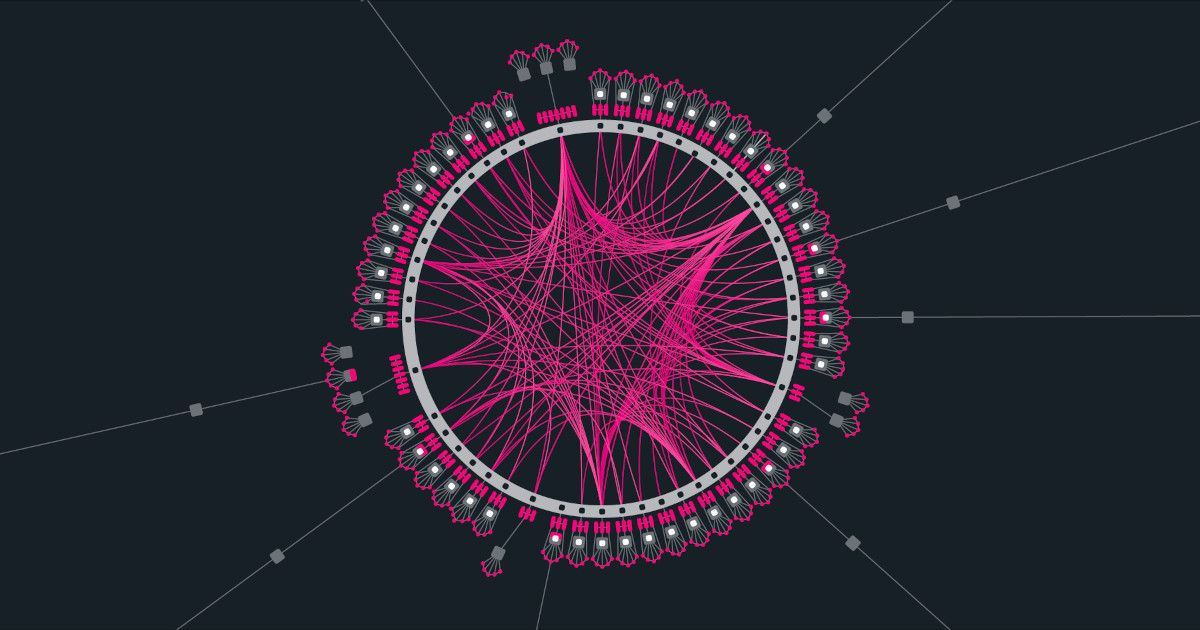Parachain Decentralization Analytics
We just launched Decentralization Analytics for Kusama Parachains / Statemine.

We are happy to announce Parachain decentralization analytics support for Kusama.
Statemine analytics has already been rolled out and we expect other parachains to get their decentralization analytics soon. The feature will also be rolled out to Polkadot parachains later this year.
Parachains Support
Parachains are secured by the Relay Chain, however, they require at least one honest collator and need to be protected from censorship. A public cloud deplatforming event, for example, could result in the parachain completely disabled if all collators happen to be hosted at that particular public cloud.
Handling Multiple Consensus Systems
Substrate, the technology behind Kusama and Polkadot, is a modular framework for building blockchains with multiple consensus systems:
All blockchains require some type of consensus mechanism to agree on the blockchain state. Because Substrate provides a modular framework for building blockchains, it supports a few different models for nodes to reach consensus.
Polkawatch is already capable of analyzing decentralization of substrate blockchains that use moninated proff-of-stake (NPoS), based on Babe and GRANDPA, such as Kusama and Polkadot. However, other parachains use other Consensus Systems.
Statemine Support
Statemine is the obvious choice when starting to support decentralization analytics for Kusama. Statemine is a common good parachain that serves an important role in our community:
Statemine is a generic assets parachain that provides functionality for deploying and transferring assets — both Fungible and Non-Fungible Tokens (NFTs).
Furthermore, Statemine hosts important assets such as the Tether Token (USDT), which can be used across the Kusama ecosystem, for example, as collateral in DEFI platforms. Statemine decentralization is therefore crucial for our ecosystem.
Unlike Kusama Relay Chain, which uses NPoS, Statemine uses Authority Based Round Robing Scheduling (Aura) as part of its Collator Consensus.
Impact on Polkawatch
Bringing support to parachains had significant impact on Polkawatch architecture, as it must now support analytics over different consensus systems.
Prior to this rollout, Polkawatch decentralization analytics were based on the Reward on chain event as base for decentralization, which does not exist on Aura blockchains. Support for decentralization analytics based on block authoring has also been introduced.
Furthermore, it is common practice to delegate some functionality, such as Account Identity, to the Relay Chain, which in practice means that, when indexing parachains, Polkawacth may require accessing the Relay Chain too.
Participating in Parachain Decentralization
Decentralization analytics on NPoS blockchains, such as Kusama, allow community members to adjust their nomination in order to influence decentralization.
In Authority Based parachains such as Statemine, Collators are given authority to participate in the consensus via governance, instead of staking.
Likewise, Community members have the opportunity to influence decentralization of Aura based parachains via Open Governance, using their Tokens to vote, and with this release of Polkawatch they can get the decentralization analytics they need to take an informed decission.
Decentralization analytics for Statemine parachain can be accessed at:
https://statemine.polkawatch.app
About Polkawatch
Polkawatch is an analytic tool designed to measure effective decentralization of Polkadot’s Validation process.
Polkawatch is a project originally supported by the Web3 Foundation grants program and currently supported by the Polkadot and Kusama treasuries.
